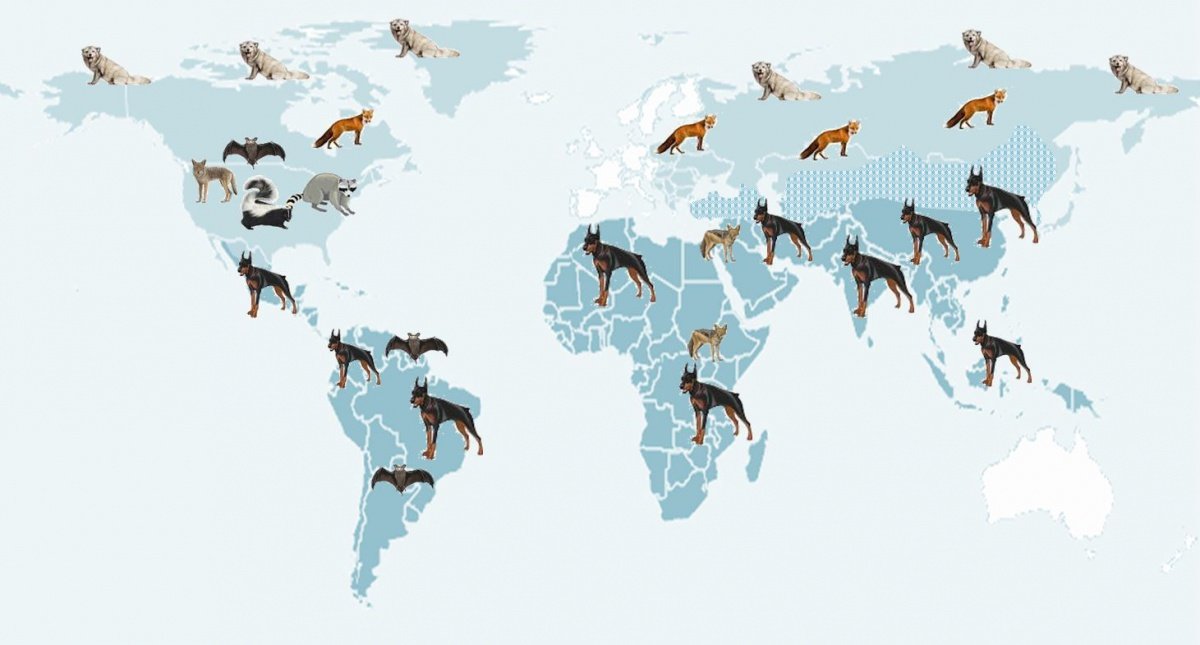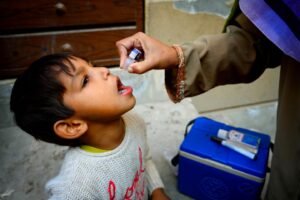Rabies Virus: A Deadly Zoonotic Disease and Its Global Impact
Provided by HomeNursingServicesInPakistan
Rabies, a fatal zoonotic disease, poses a serious health threat worldwide. Transmitted primarily through the bite or scratch of infected animals, the virus has a nearly 100% fatality rate once symptoms appear. Despite being preventable through timely intervention, rabies continues to claim thousands of lives annually, especially in underdeveloped regions.
What is Rabies?
Rabies is a viral disease that affects the central nervous system, causing inflammation of the brain and spinal cord. The virus is part of the
Lyssavirus genus and is most commonly transmitted to humans via the saliva of infected animals.
Symptoms of Rabies
Rabies symptoms typically appear 1-3 months after exposure but can vary depending on the location and severity of the bite. The disease progresses through the following stages:
- Early Symptoms:
- Fever
- Weakness or fatigue
- Tingling or itching around the bite site
- Advanced Symptoms:
- Anxiety and confusion
- Hydrophobia (fear of water)
- Hallucinations and agitation
- Partial paralysis
Once clinical signs appear, rabies is almost always fatal.
How Rabies is Transmitted
Rabies is primarily spread through:
- Animal Bites: Most cases are caused by bites from infected dogs, which are the primary carriers in many countries.
- Scratches and Open Wounds: Contact with saliva through open wounds or scratches can also transmit the virus.
- Exposure to Wildlife: Rabies can be contracted through contact with rabid bats, raccoons, foxes, and other wild animals.
Human-to-human transmission is exceedingly rare but can occur through organ transplantation.
Global Impact of Rabies
1. A Public Health Concern
According to the World Health Organization (WHO), rabies kills approximately 59,000 people annually, with the majority of cases occurring in Asia and Africa. Children under 15 years are most vulnerable.
2. Economic Burden
Rabies prevention and treatment cost billions of dollars annually. Vaccination campaigns, post-exposure prophylaxis (PEP), and public health interventions are critical but resource-intensive.
3. Disparities in Healthcare Access
Rural areas often lack access to vaccines and healthcare facilities, exacerbating the disease’s impact.
Preventing Rabies
While rabies is a deadly disease, it is entirely preventable. Preventive measures include:
1. Vaccination
- Pre-Exposure Vaccination: Recommended for people at high risk, such as veterinarians and animal handlers.
- Post-Exposure Prophylaxis (PEP): Administered after potential exposure to the virus to prevent infection.
2. Control of Animal Populations
- Vaccinate domestic pets, especially dogs and cats.
- Implement stray animal control programs to reduce the population of unvaccinated animals.
3. Public Education
- Raise awareness about rabies transmission and prevention.
- Educate children to avoid contact with stray or wild animals.
4. Immediate Wound Care
- Wash bite or scratch wounds thoroughly with soap and water.
- Seek medical attention promptly for evaluation and PEP.
Efforts to Eradicate Rabies
Global Initiatives
Organizations like WHO and the Global Alliance for Rabies Control (GARC) aim to eliminate rabies deaths by 2030 through widespread vaccination campaigns and improved access to healthcare.
Community-Based Programs
Public education and animal vaccination campaigns at the community level are essential to prevent outbreaks.
Conclusion
Rabies is a preventable yet devastating disease that requires coordinated global action to eliminate. Timely intervention, proper vaccination, and public awareness are critical to reducing the human and economic toll of this disease.
For more information or to learn about in-home nursing care for infectious diseases, contact
HomeNursingServicesInPakistan at:
- Phone: 0327 9016599
- Email: lajpalcare22@gmail.com
- Visit Us: Office #2, First Floor, Al-Harmain Plaza, GT Road, Near Bahria Phase 7, Rawalpindi.
Let us help you protect your loved ones with professional care and support. Together, we can create a healthier and safer world.
For More Information Find us on
Facebook | Instagram | Youtube








